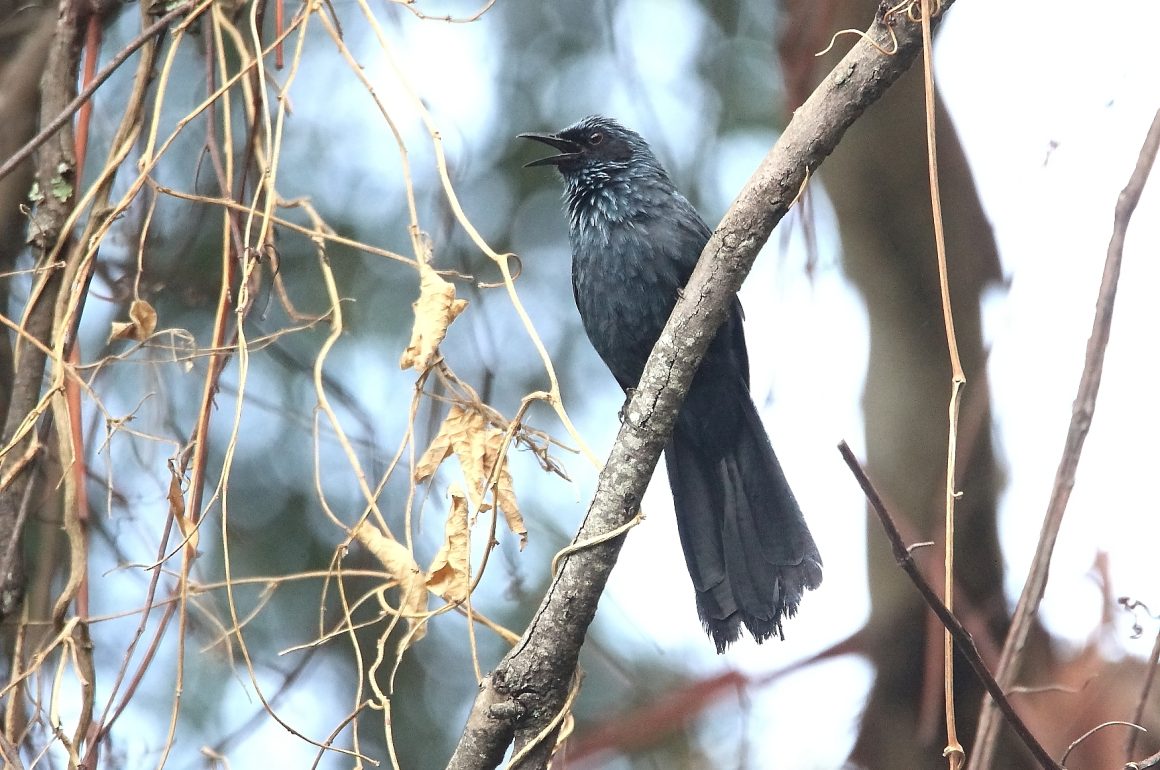
Last week, I wrote about an outing the week earlier, when an ornithologist friend and I were lucky enough to see a Slaty Vireo at a site where I had seen the species some years before. While we have many beautiful birds here in southwestern Mexico, this one was pretty big news for our local birding community. Our mutual botanist friend wanted to go back this Monday. His cousin went the next day, accompanied by his (the cousin’s) girlfriend.
The opening good news for this story is that we got to see at least two Slatys, and our botanist friend got his lifer. And we may have heard as many as two more. Furthermore, cousin and girlfriend got their lifer Slaty the following day.
Which leads to my even better news: It seems the Slaty Vireo, a sneaky little species that had previously been seen only a handful of times in my state of Michoacán, may be much more common at this site (at least in the summer) than I had previously believed. In fact, I now suspect that it was there all along during the years in which I failed to find it. Michoacán in the summer now appears to have one more semi-reliable glamor species.
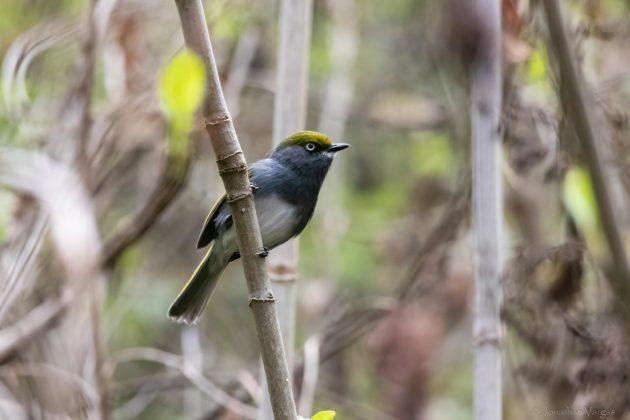
This week, Jonathan Vargas’ photo of the Slaty Vireo wasn’t just better than mine — because I did not manage to take a single photo of my own!
As for the bad news — very bad indeed — that would be something we saw on the way up the steep path that hosted those Slaty Vireos. El Temascal is on a ridge that overlooks a large area of slightly lower mountains, which suddenly drop down to the much lower Balsas River basin. And that privileged vantage point gave us a clear view of some odd-looking sections of forest:
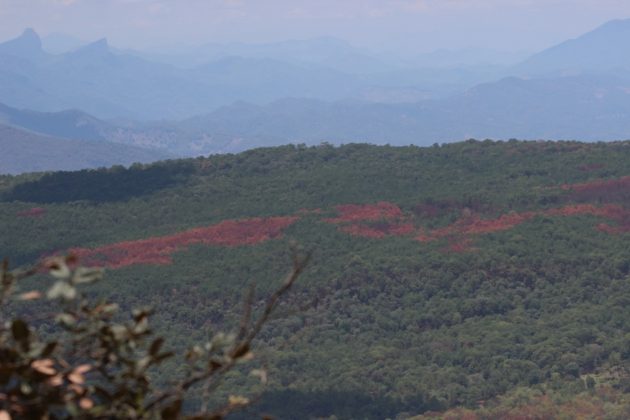
It took us no time at all to know what we were seeing. Over the past few years, Mexican Pine Beetles have been killing huge numbers of pine trees in Mexico’s highland forests. We have become sadly used to seeing dead trees throughout the forest, although the most conscientious landowners may cut down and remove or burn affected trees. Stress from drought and climate change is clearly a major cause of this great die-off.
But these dead trees weren’t scattered throughout the woods; they formed a huge gash on a nearby ridge. And it was an extra impact to watch my botanist friend’s reaction to what we saw. He is a botany professor in Mexico’s most prestigious university, and he spends a fair amount of time each year doing field work in a wide variety of places and habitats. But even he seemed shocked to see such large stands of dead pines.
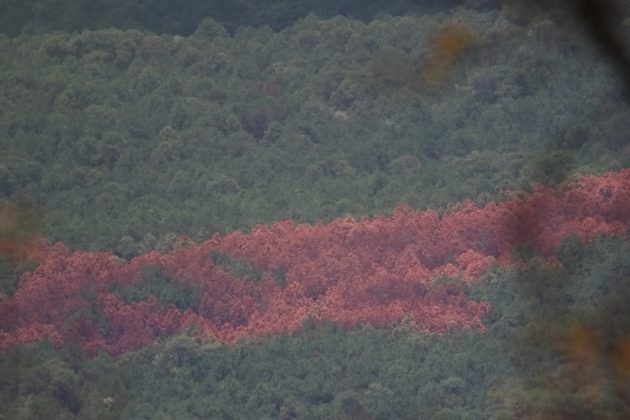
If there was any consolation at all, it would be the fact that pines do not really support as much wildlife as other trees in Michoacán’s forests. The Slaty Vireo, for example, prefers rather dry dense underbrush. The wonderful Gray-breasted Wood-Wren that we saw only occurs in dense underbrush near rivers. Painted Redstarts, Chestnut-sided Shrike-Vireos, and Golden Vireos prefer oaks to pines, as do so many other bird species. And the Red-headed Tanagers that showed up follow ripening fruit, not pine cones. As long as those other plants and habitats can survive the devastation of our pine trees, our birds may be all right in the long run.
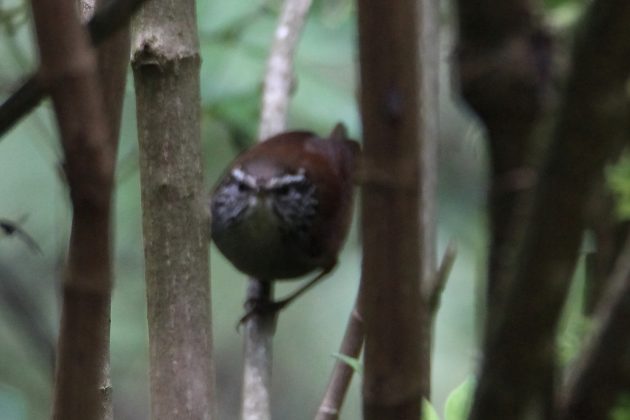
My friends’ photos of our Gray-breasted Wood-Wren were just as bad as mine. These birds really love their underbrush.
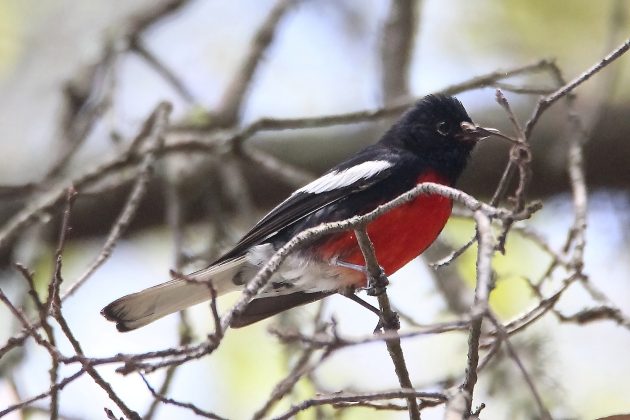
A Painted Redstart, on an oak
I love almost everything about birding. But there is one bittersweet element to birding in the developing world, and that is having a first-row street to habitat destruction on a massive scale. Climate change, of course, can now be seen anywhere in the world. Either way, we birders are often among the first to know.






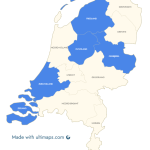
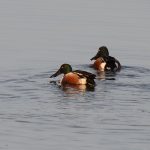
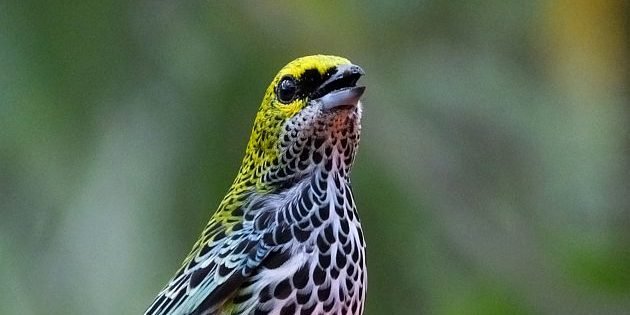
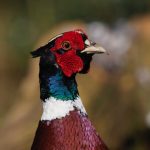
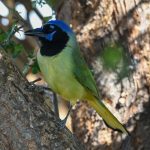
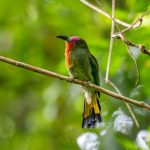

Leave a Comment